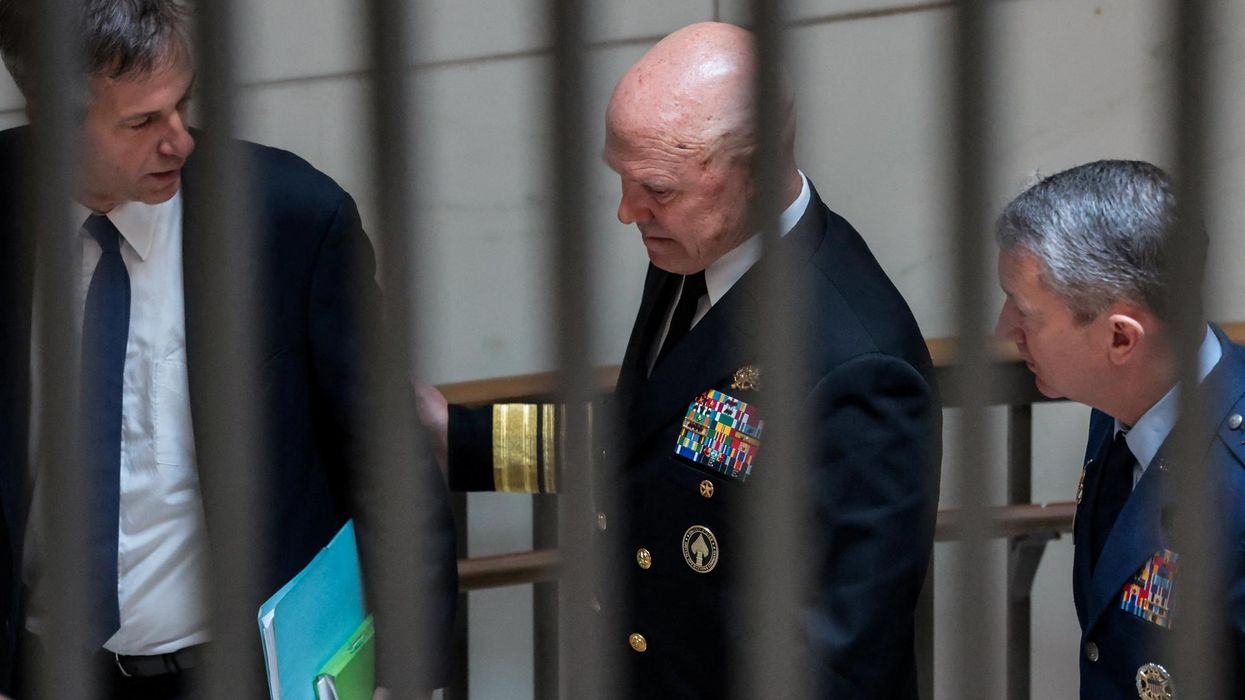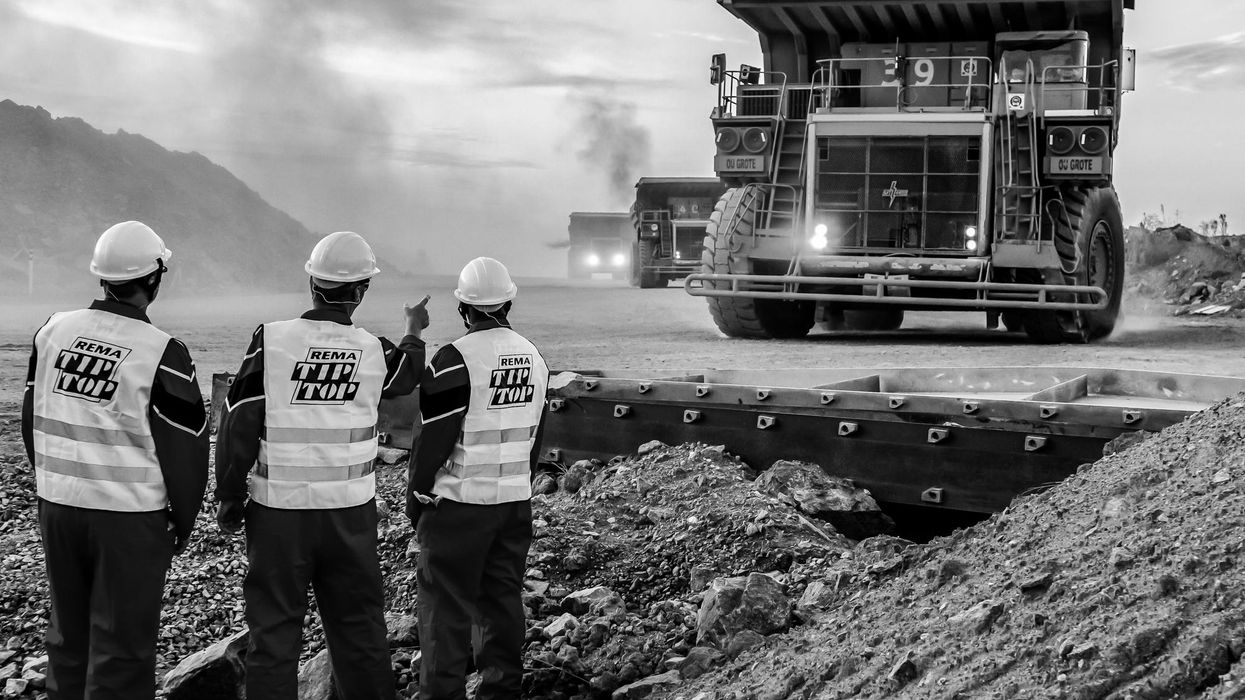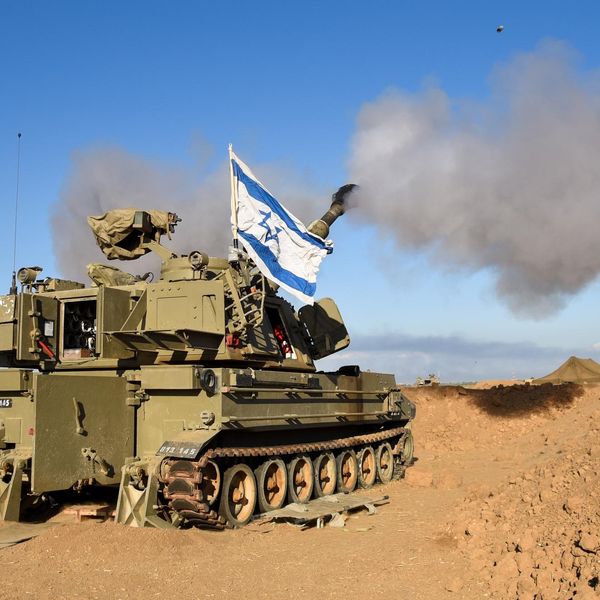On December 18, Hisham Sharaf, the Minister of Foreign Affairs for the Ansar-Allah-led government in Sana’a, Yemen, called for U.N.-sponsored negotiations to end the war. Two days later, the Saudi Air Force launched a fresh wave of air raids on Sana’a, targeting the airport and civilian areas. Yet, reports in the U.S. media continue to promote an inaccurate narrative that demonizes Ansar-Allah while portraying the Saudis as seeking peace.
Most U.S. journalists and government officials refer to the AA-led government in Sana’a as the “Houthi rebels” or the “Iran-backed Houthis,” and portray them as monopolizing control. In fact, the AA-led government reflects a coalition: the Supreme Political Council includes Ansar-Allah and the General People’s Council, which was the political party established by former President Saleh. Although some members of the GPC left the coalition, others remained. The prime minister of the Sana’a government, Abdel-Aziz bin Habtour, is from the south and was appointed by President Hadi to serve as the governor of Aden from late 2014 to 2015. Hisham Sharaf is currently the foreign minister: he served as a minister in multiple governments starting in 2011. Insisting on referring to the government in Sana’a as “Houthi rebels” obscures the role of other groups and conceals the presence of a real government in Sana’a.
During a recent visit to Yemen in early September, I observed several additional factors that the dominant media narrative on Yemen has overlooked. I spent two months visiting family and overseeing the work of the charity I run, the Yemen Relief and Reconstruction Foundation. The following trends demonstrate that the areas under the control of the AA-led government in Sana’a are attracting citizens and businesses due to their relative security. If Sana’a manages to win the war, it will likely be due to this kind of progress, rather than a military victory. Likewise, the relative weakness of the internationally recognized government (IRG) based in Riyadh, is due mainly to its inability to establish conditions for Yemenis to begin to rebuild their lives, despite the military backing of the Saudi-led coalition.
Rising population of Sana’a
When I visited Yemen between 2016 and 2019, the economic devastation was visible, especially in Sana’a. Major commercial streets were empty, shuttered stores stood vacant alongside buildings destroyed by Saudi airstrikes. Once vibrant commercial centers in previously prosperous neighborhoods like Haddah looked abandoned and eerie.
Yet when I returned in 2021, multiple areas under the AA-led government had rebounded, including the cities that I visited: Dhamar, Ibb, and Sana’a. Especially in the capital, where I spent the most time, I witnessed a boom in construction. The once empty streets were now bustling with businesses.
Despite buildings springing up throughout the city, there is a housing crisis, with an inadequate supply of homes driving up prices. This is due in part to the influx of people who have moved from other areas of Yemen. According to estimates from the Ministry of Public Health and Population in Sana’a, the city now has 7 million residents (not externally verified), almost 23 percent of Yemen’s population, compared to fewer than 3 million in 2019 and approximately 2 million in 2010.
More favorable exchange rate
The influx of people and businesses to Sana’a may be related to several factors. One likely cause is the stability of the Yemeni rial. In August of 2019, the government in Sana’a decided to ban the use of the new Yemeni currency printed by the IRG. This led to a divergence in exchange rates: by late 2021, a U.S. dollar was equivalent to 1700 YR in the IRG areas, compared to 600 YR in areas controlled by the government in Sana’a. Before the war, the exchange rate was about 214 Yemeni rials per dollar.
Another incentive for businesses to move to AA areas is to have access to a lower customs exchange rate. The IRG decided in July 2021 to double the customs exchange rate from 250 rials per dollar to 500 rials for non-essential items; the government in Sana’a seized the opportunity to attract business to their areas by keeping the customs exchange rate at 250 rials.
Relative security
The relative safety of Sana’a, especially in contrast to Aden, may have also contributed to the revival of businesses. The conflict between the Southern Transitional Council (STC), or the Southern separatists, and the IRG has created ongoing instability. As a result, Aden has been gripped by cycles of violence since August 2019, when clashes erupted between the separatists and IRG presidential guards. Bombs targeting the Aden airport in October 2021 killed at least a dozen people, another killed a Yemeni journalist, and one targeted the governor of Aden. Ongoing fighting between different separatist factions in June and October of 2021 also undermined security.
Food security is also slightly improved in areas where food cultivation is possible. Most agricultural land in Yemen is in the north. Because of the blockade and scarcity of affordable food on the market, and with heavy rains in the last five years, some people returned to farming, leading to the increased availability of locally grown products.
Communication services
Before traveling to Yemen, I was concerned about poor communication services, as my work depends on online conference calls. On previous visits, internet services were unreliable as the Saudi-led coalition had bombed most of the communication towers. However, on this visit I was pleasantly surprised to have decent internet service. Businesses in some parts of Sana’a have access to fiber-optic services. Meanwhile, the government-owned internet provider, Yemen-net, launched 4G services in Sana’a on January 5 this year.
Harassment in Aden
Following the unification of north and south Yemen in 1990, southern Yemenis resented the extent to which resources were concentrated in Sana’a. In 1994, south Yemen tried to re-establish independence but lost, creating further resentments.
Now the tables have turned. Some members of the STC have targeted northern Yemenis in territory under their control, expelling them from Aden and other areas in several waves starting in 2018. Furthermore, many business owners from the north had their property burned or damaged. Even some businessmen from the south were harassed in Aden and relocated to Sana’a.
Shifting the narrative
These recent and underreported trends are significant, because they challenge the Saudi narrative that the “Houthi rebels” are driving the conflict, the humanitarian crisis, and general dysfunction in Yemen.
The Saudi bombardment and blockade drive the largest humanitarian crisis in the world. According to testimony by the former U.N. Humanitarian Coordinator in Yemen, Saudi Arabia is intentionally destroying Yemen’s economy by controlling the number and timing of all ships entering Hodeida port, restricting lines of credit, imposing quotas on the importation of basic goods including fuel and cooking gas, and restricting the import of industrial materials. A recent report by the UNDP estimated that Yemen had “missed out on $126 billion of potential economic growth” in the last six years. Since the war began, the number of Yemenis below the poverty line increased from 47 percent to 71-78 percent.
The U.S. media continues to echo the Saudi narrative. While AA have committed abuses, the main causes of the humanitarian crisis and instability in Yemen are the Saudi airstrikes, the blockade, and the armed groups competing for power, many of which were established by the Saudis and the UAE.
















